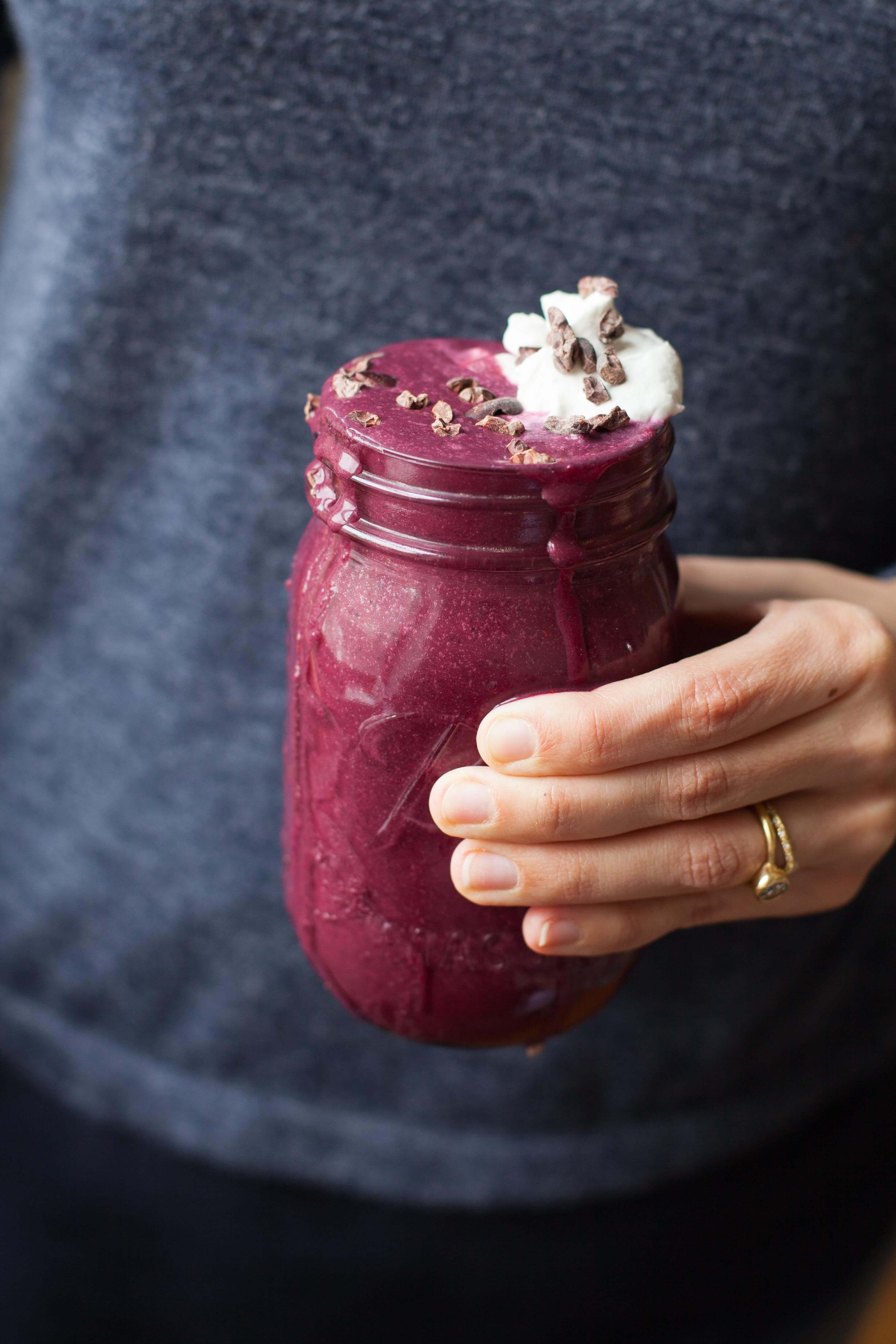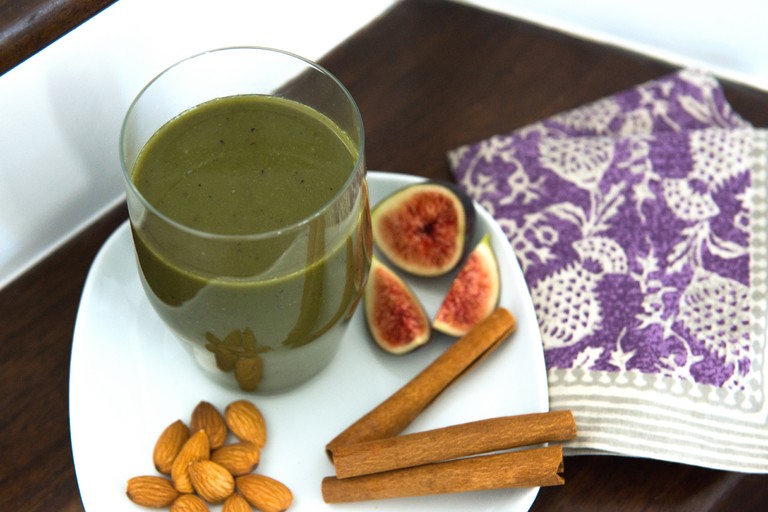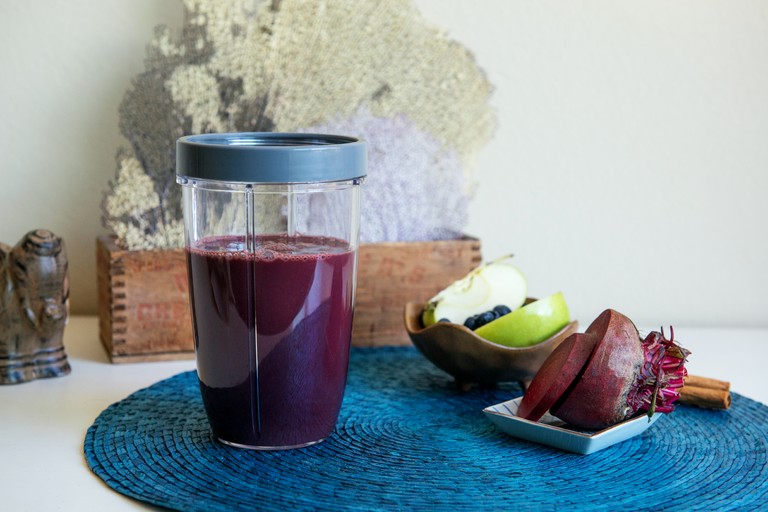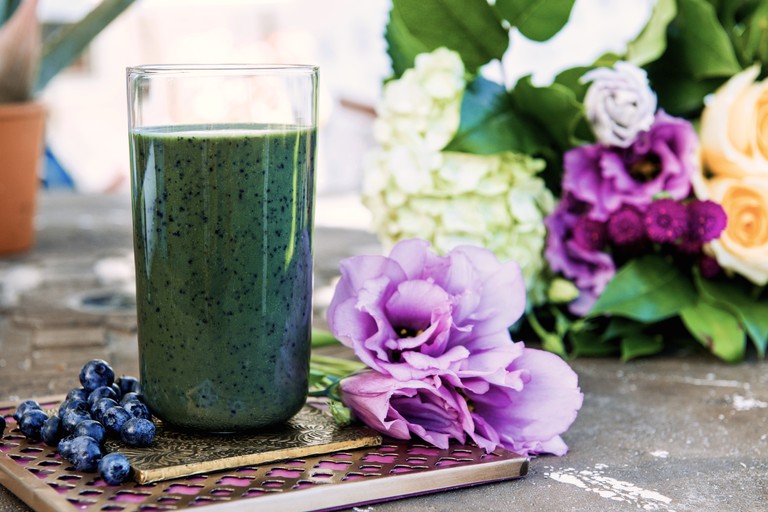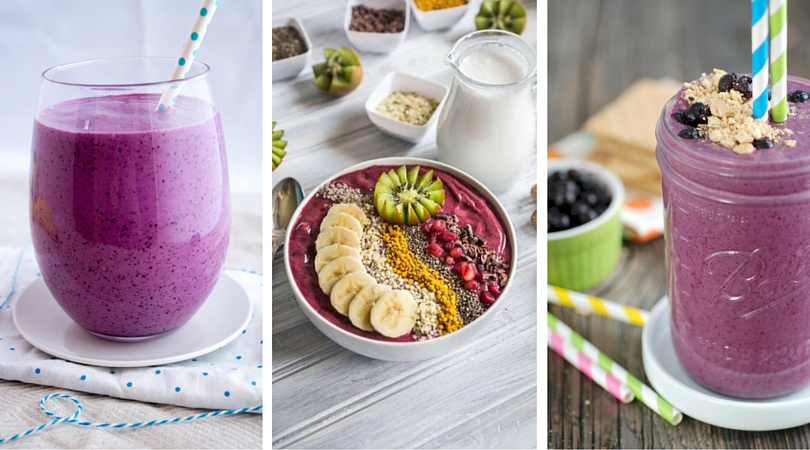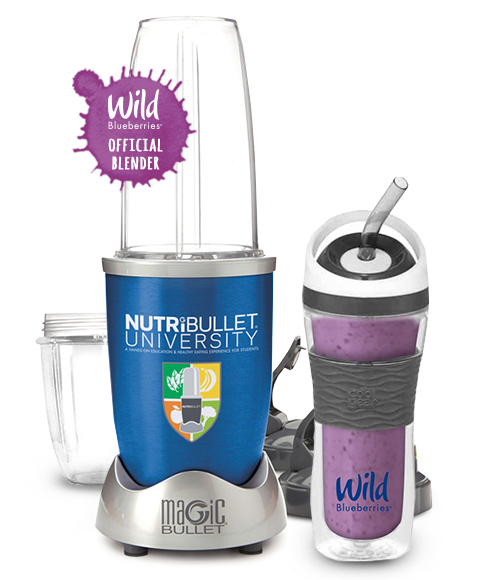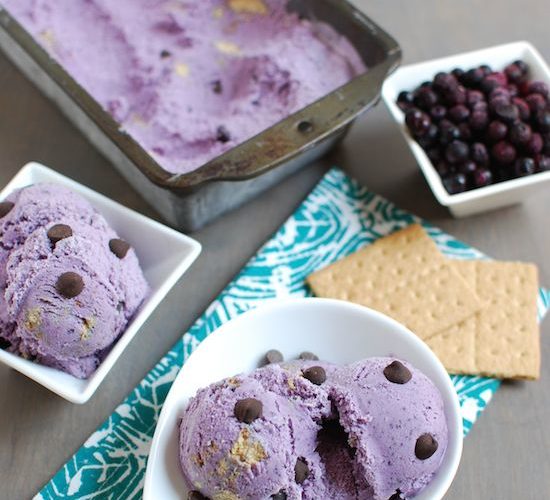Let’s face it – we love smoothies for their convenience, ease and portability. However, in the busy mornings we know that every minute (and every second!) counts. So while it may not take that long to make a smoothie for breakfast before you head out the door, there are some time-saving tips for smoothie making that can help you hit the snooze button one more time, get to the office before everyone else or even better, carve out some time for morning self-care.
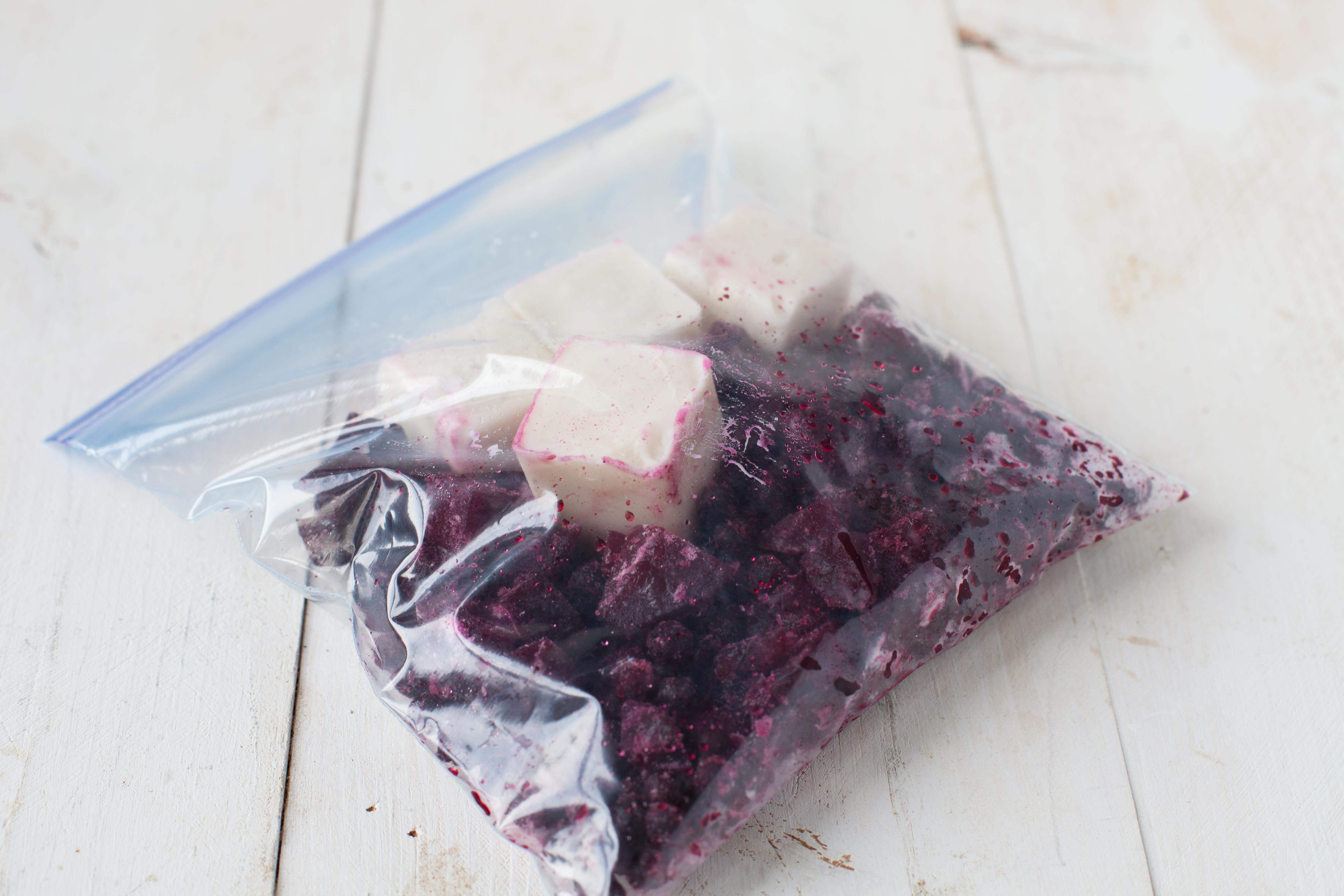
I love taking time on Sundays to prep meals for the week ahead. This makes the workweek less chaotic and allows me to carve out some “me time” during the weekly grind. My morning routine is sacred to me. I gave up checking my phone and emails upon waking a long time ago. Now my mornings are my quiet time to meditate or practice yoga to start the day feeling grounded and present. The only way I can find the time to practice self-care in the morning is if I plan ahead and make breakfasts for the week on Sunday.
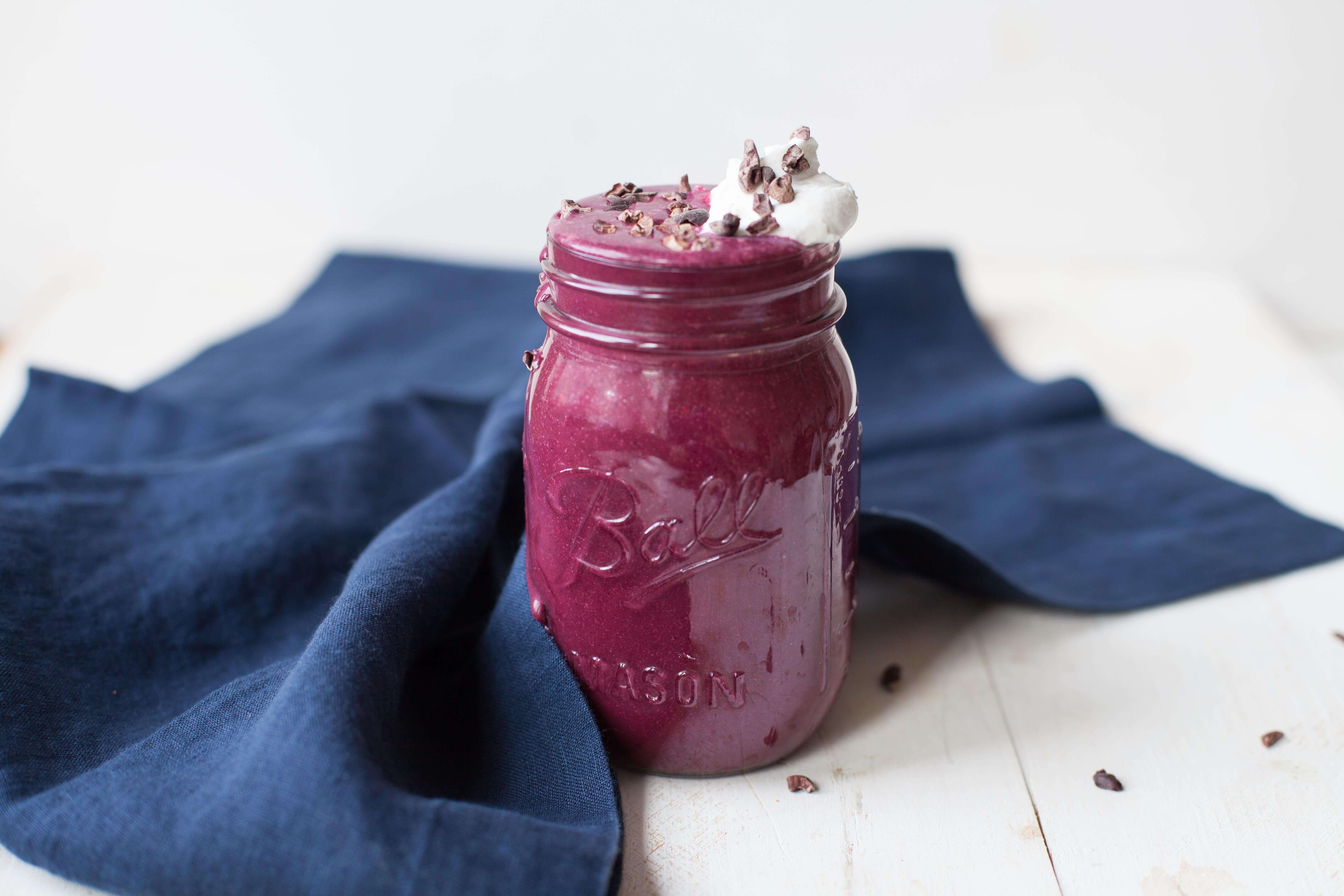
Now, you may be thinking how can I prepare ahead of time for smoothies? Well, I’ve got 5 simple smoothie-making hacks to share with you today to help make your weekday mornings stress-free.
- Make smoothie freezer packs. Ever feel like smoothie making is quite the production? Do you have a counter filled with bags of frozen fruit, liquids, greens, powders, nuts and seeds? Does it take you forever to find that bag of walnuts at the back of the cupboard? Ever wish you could just have all your smoothie-making ingredients ready to go in one place to throw in the blender? You can! Portion out your smoothie ingredients like frozen Wild Blueberries, sliced bananas and kale into freezer Ziploc bags at the beginning of the week and label them with the date and type of smoothie. Come morning all you have to do is open up the bag, toss the contents into your blender, add liquid and blend away!
- Take advantage of the ice cube tray. With the ice cube tray, you can add a frosty consistency to your smoothies while adding flavor! No more diluting your smoothie’s flavor with regular ice cubes; think about freezing liquids like coconut milk, juice, coffee or tea. Simply add a few liquid ice cubes to your smoothie and cut the amount of liquid added in half. However, with frozen Wild Blueberries, you don’t have to worry about using ice cubes or diluting your smoothie – they help keep your smoothie cold while packing in deliciously sweet flavor, which is just one of the many reasons I love using them in smoothies. For another time-saver, pre-portion yogurt into ice cube trays and add the yogurt cubes to your smoothie freezer packs!
- Don’t waste about-to-turn produce. We’ve all been there – you buy a bunch of bananas only to watch them turn brown in your fruit bowl. Rather than tossing them, avoid food waste and take advantage of their ripeness and flavor and use in smoothies! Puree extra ripe bananas and store in ice cube trays or simply slice them and store in Ziploc freezer bags. Take ‘em out when you’re ready for your banana-powered smoothie.
- Batch-make smoothies. Heard of batch cooking to help you save time and energy during the week? It involves making a large portion of a meal to refrigerate or freeze to enjoy later in the week. Well, you can batch-make smoothies too! Make 3-4+ servings of your favorite smoothie recipe on Sunday evening and pre-portion them into mason jars. All you’ll have to do in the morning is grab a mason jar, give it a good shake (as the contents will begin to separate) and be on your way!
- Turn leftovers into popsicles. Food waste is one of my biggest pet peeves so I try to repurpose leftovers whenever I get the chance and smoothies are no exception to this rule! Whenever you make too much of a smoothie and have leftovers, pour the remaining smoothie into a popsicle mold and freeze for a refreshing treat another day.
Ready to start hacking away at your smoothie hacks? Try my Wild Blue Velvet smoothie recipe below. You can freeze the yogurt in an ice cube tray and make smoothie freezer packs with frozen Wild Blueberries, beets and yogurt. Toss the contents into the blender in the morning, add your powder and liquid and you’re ready to conquer the day!
